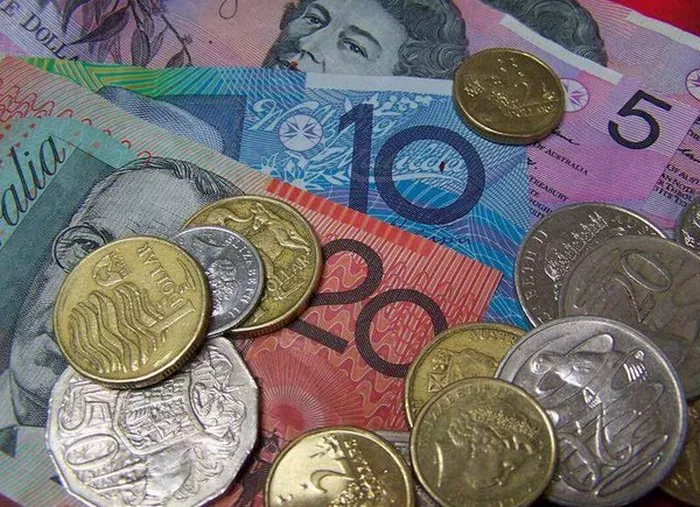The Australian dollar (AUD) is the official currency of Australia and is the fifth most traded currency globally. The AUD, like any other currency, has a fluctuating exchange rate that influences the value of imports, exports, and investments in Australia. Knowing the rate of the AUD is crucial for businesses and individuals dealing with Australian currency.
Understanding Currency Exchange Rates
A currency exchange rate is the price at which one currency can be exchanged for another. In simple terms, it is the value of a currency relative to another currency. Exchange rates are determined by the foreign exchange market, which operates 24 hours a day across different countries. A currency’s exchange rate is affected by multiple factors, including supply and demand, government policies, inflation, political stability, and economic performance.
Factors Influencing the Australian Dollar Exchange Rate
The AUD exchange rate is influenced by various factors, some of which are specific to the Australian economy, while others are global. One significant factor affecting the AUD is commodity prices. Australia is a significant exporter of commodities such as iron ore, coal, and natural gas. Therefore, fluctuations in the prices of these commodities affect the country’s balance of trade, which subsequently impacts the AUD’s exchange rate.
Another significant factor influencing the AUD exchange rate is interest rates. The Reserve Bank of Australia (RBA) sets the country’s monetary policy, including interest rates. Higher interest rates generally attract foreign investment, leading to increased demand for the AUD, thereby strengthening its value. Conversely, lower interest rates lead to decreased demand for the currency, resulting in a weaker AUD.
Political stability and economic performance are also critical drivers of the AUD exchange rate. Any perceived instability or uncertainty within the government or the broader economy can create volatility in the exchange rate, leading to fluctuations in the currency’s value.
Current State of the Australian Dollar Exchange Rate
As of June 20th, 2023, the AUD exchange rate stands at approximately 0.74 USD per AUD. This represents a slight weakening of the currency relative to the USD compared to its performance earlier in the year. The AUD’s recent decline can be attributed to several factors, including weaker commodity prices and signs of economic slowdown in China, Australia’s largest trading partner.
Despite these challenges, the Australian economy has shown resilience in recent years, with steady economic growth, low unemployment, and solid public finances. These factors have helped to support the strength of the AUD, making it an attractive option for investors and businesses looking to invest or trade in Australia.
Implications of the AUD Exchange Rate
The AUD exchange rate has significant implications for businesses and individuals dealing with Australian currency. For instance, a strong AUD can make goods and services more expensive for foreign buyers, potentially reducing demand for Australian exports. Conversely, a weak AUD can make imports more expensive, leading to higher inflation and reduced purchasing power for consumers.
Moreover, fluctuations in the AUD exchange rate can impact investment decisions, as investors may seek to take advantage of currency movements to maximize their returns. A favorable exchange rate can make investments in Australia more attractive, while a weaker exchange rate may discourage investment.
Conclusion
In conclusion, the rate of the Australian dollar is an essential metric for businesses and individuals dealing with the currency. Understanding the various factors that influence the exchange rate can help in making informed investment and trade decisions. Moreover, keeping track of the AUD exchange rate can help businesses manage risks associated with currency fluctuations, ensuring sustainable growth and profitability.


